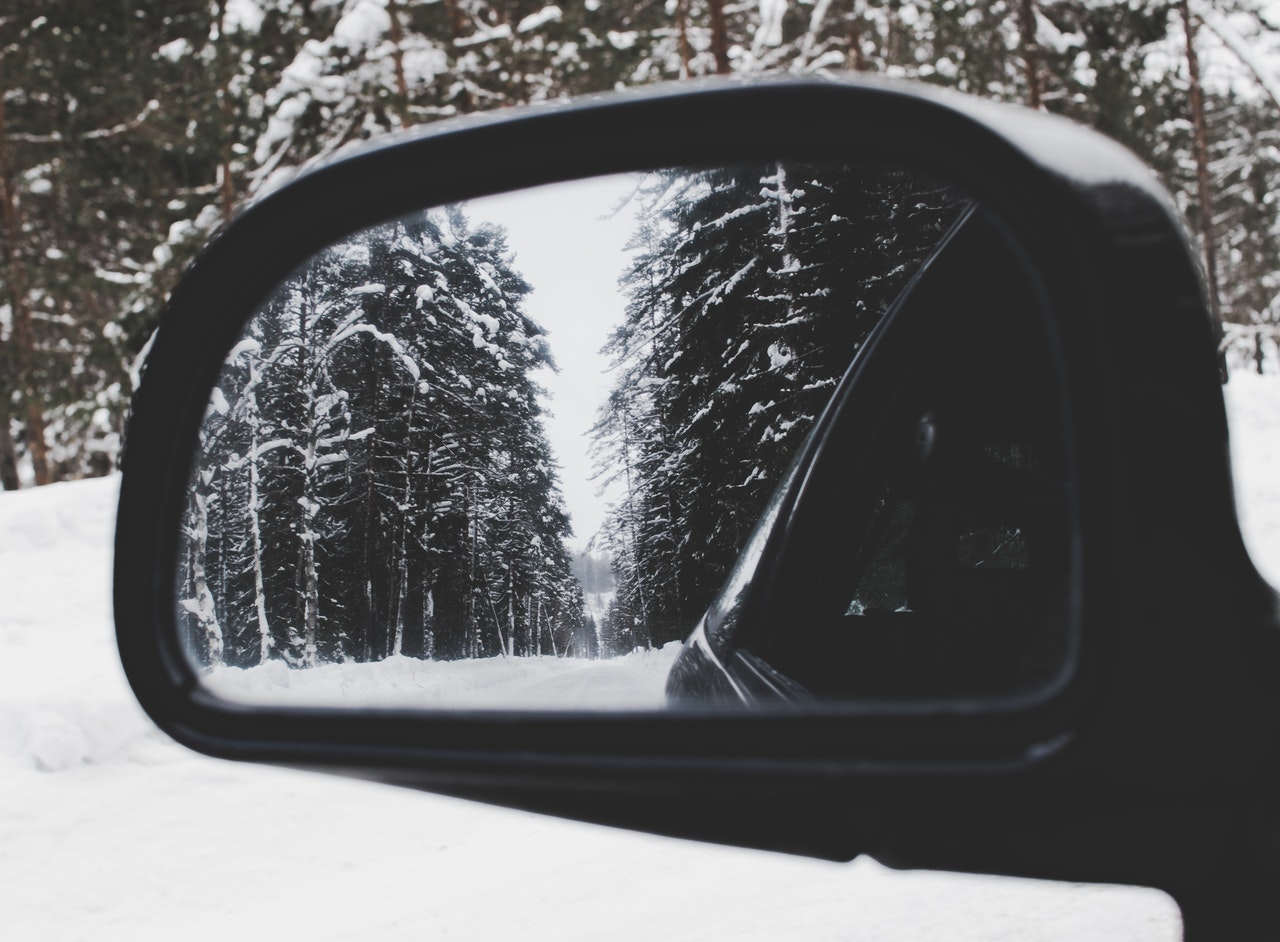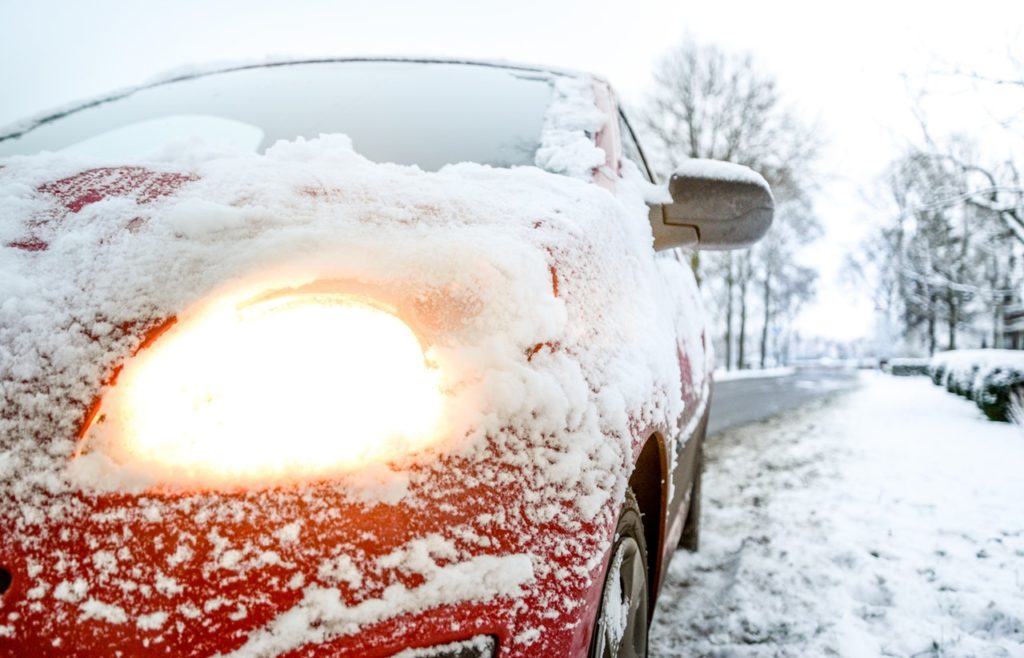What you need to know about driving in winter
If you’re not used to driving in extreme conditions, and you’re due to move somewhere with a lot of rain and snow, this post is for you. I recently watched a super interesting YouTube video which talked about these conditions and the #StoppingDistance you need to be aware of.
Something I wasn’t aware of, is that if you’re using the emergency break in rainy conditions, your stopping distance will be twice as long than if you were driving on dry terrain. Not to mention, this lengthens to 10x as long if you’re driving in icy conditions or snow.
Unfortunately, many people haven’t driven in these types of conditions before, so they’re unaware of just how much different their driving needs to be to drive safely.
When driving in winter, you need to pay attention to how closely you’re following other cars. If you notice them suddenly stop, you’re going to need much more time to stop safely if you’re driving in winter, otherwise you could rear-end them.
Here are a few other tips to keep you safe when driving in these types of conditions:

Check your car
Before driving, you need to make sure your car is roadworthy. Make sure your lights are all working, so other drivers can see you in these conditions. Check your brakes and make sure you’re using antifreeze. Fitted tyres are a good option to improve your car’s safety, and make sure your tyres are properly inflated and have enough tread.
Slow down
Make sure you always leave with plenty of time to get to your destination. That way, you can drive nice and slowly and avoid tangling with black ice. At the same time, make sure that you’re accelerating and decelerating slowly. Otherwise, your car can lose traction which means you’ll lose control.
Carry an emergency kit
A winter emergency kit is just a good idea if you’ll be traveling in these types of conditions. Make sure you have an ice scraper, a blanket, kitty litter (this can be sprinkled around your tyres for traction if you get stuck), road flares, a flashlight, jumper cables, a first aid kit, a map, and a spare tyre and the tools you need to change it.
While driving in winter conditions may seem intimidating, you’ll be able to navigate these conditions if you use the tips above. Get your car checked, make sure your tyres are the best for your needs, carry an emergency kit, and drive slowly.




